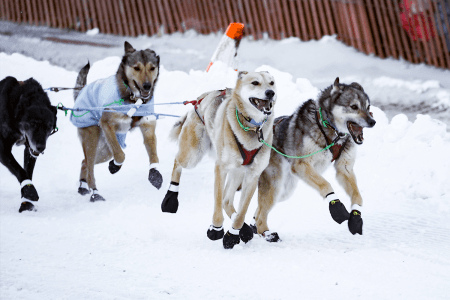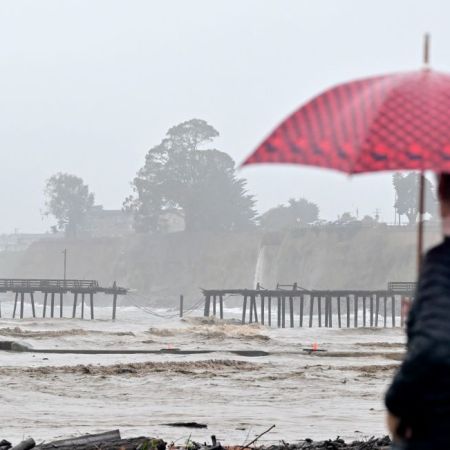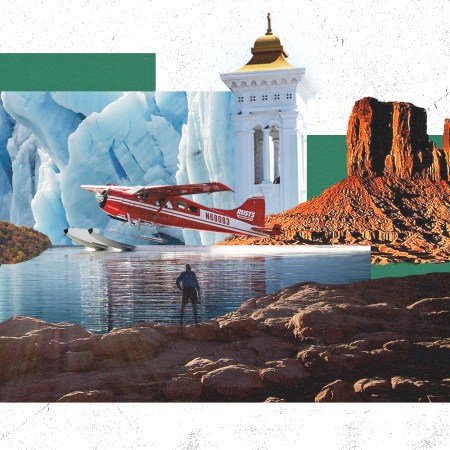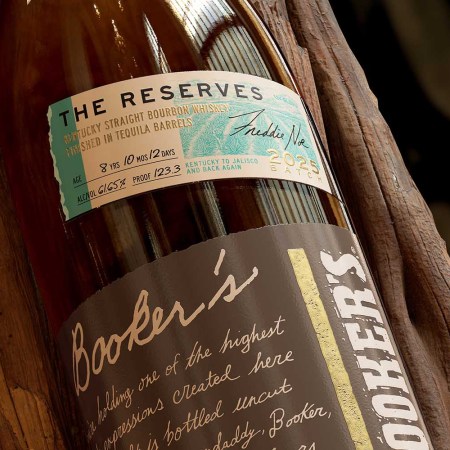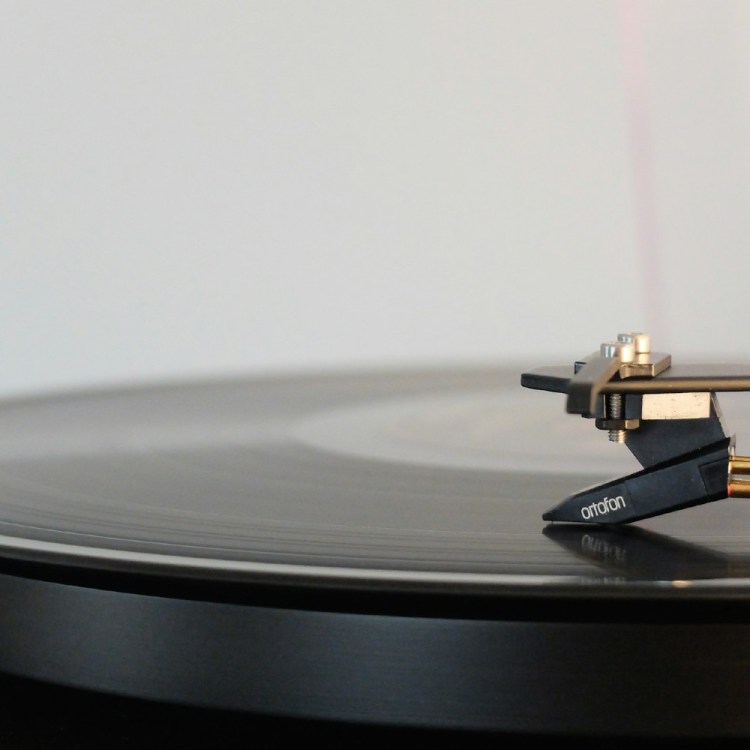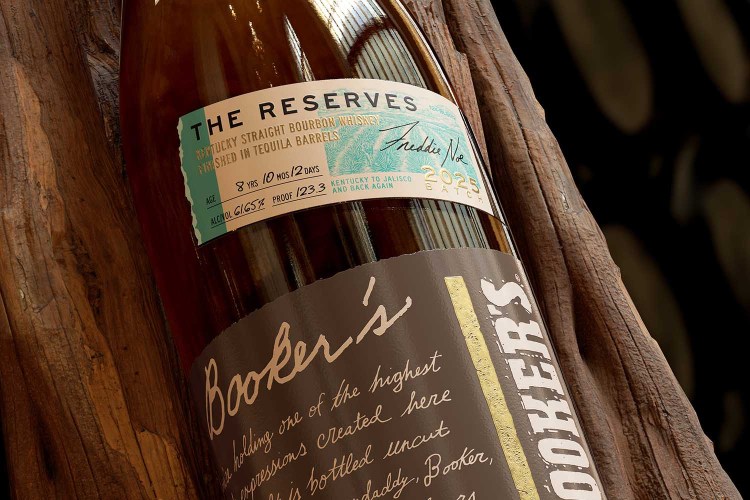Just how many ways can you describe snow using words? That’s a bigger question than you might think — and one that countless fans of weather and language have sought to map out. One memorable example comes fromThe Atlantic‘s Ian Bogost in a 2016 article. (Full disclosure: I’ve written a book for a series Bogost edits.) Bogost explored the ways that speakers of English and Eskaleut languages can describe a certain freezing cold precipitation — all the while noting the regional variations that crop up along the way.
That brings us to the work of Russ Scholl, a Colorado resident and longtime instructor at Breckenridge Ski Resort. As KUNC’s Alex Hager chronicled, Scholl spent several years assembling a massive list of different descriptive terms for snow. Scholl began work on the project during the early days of the pandemic; due to his many years of working as a ski instructor, he’s become familiar with a vast lexicon of terms.
Scholl opted to draw inspiration from the periodic table of the elements, creating his own version where these terms are categorized by “overall quality and desirability.” He’s also assembled a similar chart for military slang; his website also says that a science fiction-themed periodic table is also in the works.
Inside the Iditarod, Alaska’s Snowy Super Bowl
The famed sled-dog race is a bucket-list trip — and Anchorage’s biggest partyIn his conversation with Hager for KUNC, Scholl cited a number of memorable terms for snow, including, “Squeaky snow. Or, as some New Englanders call it, ‘screaming lobster.’” It isn’t hard to see the appeal of Scholl’s project — whether you’re an avid skiier, meteorologically-minded or just a fan of language in all of its permutations.
This article appeared in an InsideHook newsletter. Sign up for free to get more on travel, wellness, style, drinking, and culture.

